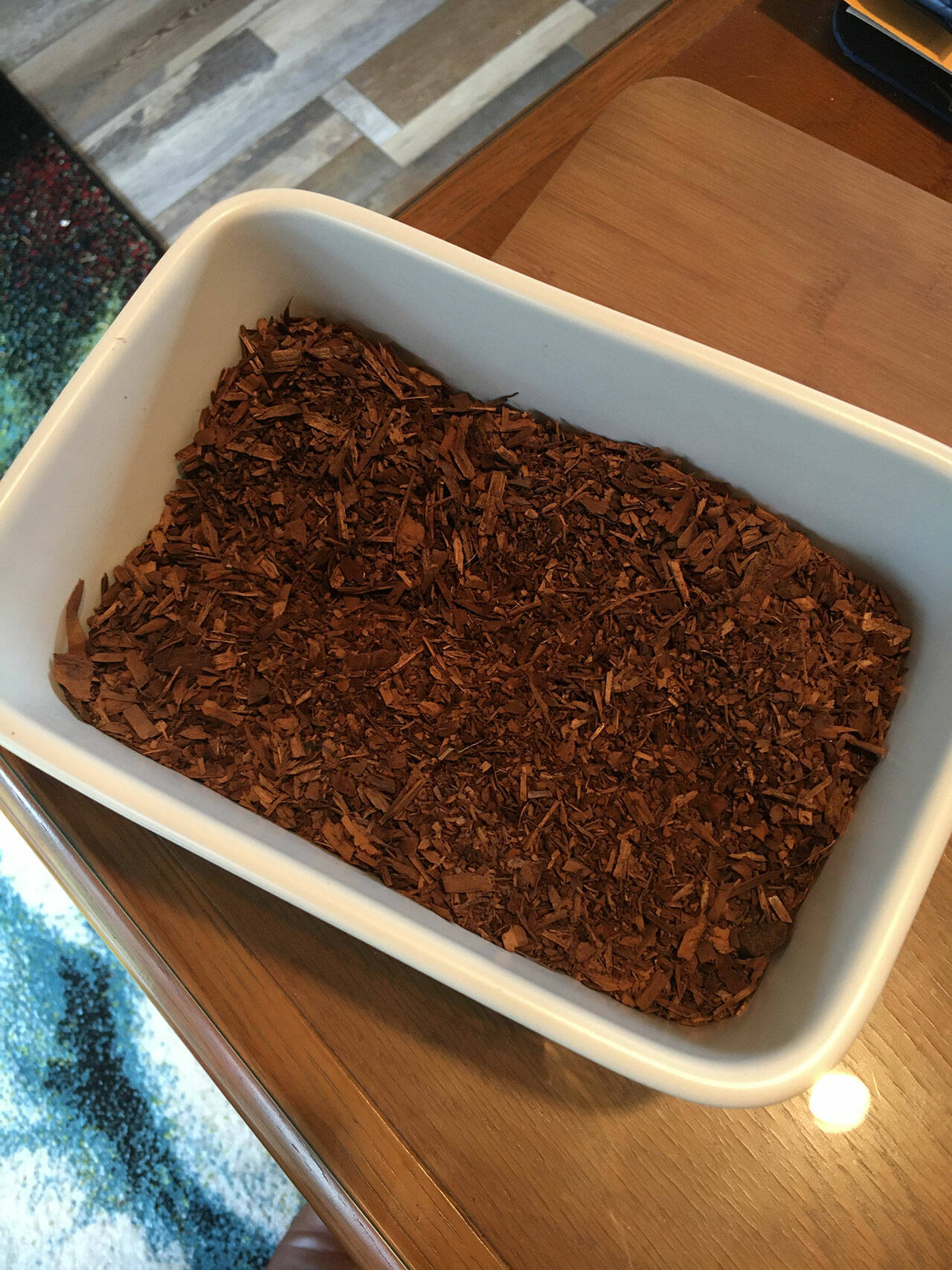When thinking about funerals and burials, one might immediately think of a traditional casket burial or a cremation. However, two new burial methods have come to Washington state and are now available at Island Funeral Service.
Alkaline Hydrolysis and Natural Organic Reduction, which both became legal in Washington as of May 1, 2020, are two new “dispositions,” or burial methods from which individuals can choose.
Both new methods are significantly more environmentally friendly than traditional burial or cremation, said Lisa Devereau, the funeral director at Island Funeral Services. For example, cremation uses a considerable amount of fossil fuels, as the crematorium must run at 1700˚F for four to six hours during a cremation.
In contrast, alkaline hydrolysis places a body inside a vessel Devereau describes “like an iron lung.” This vessel is then filled with 300˚F water, along with lye. After about four hours, the body dissolves. The bones are removed from the vessel and pulverized. The result looks like talcum powder.
According to Devereau, the powder can be scattered similarly to ashes received after a cremation. There is also reduced fossil fuel usage, even though alkaline hydrolysis does use a significant amount of water. The process was first legalized in Washington, though it is legal in 19 states in total. Five other states in the U.S. have legislation pending that would make alkaline hydrolysis legal.
Natural organic reduction, sometimes referred to as “human composting,” is another green option individuals can choose for themselves. Devereau has worked with Auburn-based Return Home, which offers natural organic reduction.
Return Home has 74 vessels on-site, in which a body is placed in a bed on alfalfa, straw and wood chips in a 2:1 ratio in accordance to the body’s weight. Oxygen flows through the vessel, which breaks down the body into soil. The soil is then removed from the vessel to rest, and packaged for the deceased family members to take home.
There is also an option for the soil to be donated to a land restoration project that Return Home partners with, in Kent.The entire process roughly takes about 60 days to complete.
For a 200-pound person undergoing natural organic reduction, there would be twelve 50 pound bags of soil left at the end of the process, said Devereau.
As an example of what the end results of natural organic reduction look like, Devereau keeps a small, white ceramic container in her office filled with the remains of a pig that underwent natural organic reduction. The remains look and feel almost identical to that of beauty bark that you would find in a garden.
Devereau has seen interest in both alkaline hydrolysis and natural organic reduction. She has, so far, done one natural organic reduction and 15 alkaline hydrolysis cases this year.
She is encouraged by the interest, especially considering that the legalization of both methods occurred only 18 months ago.
“People want to be green,” said Devereau. “People want to do less damage in their life, and what a great thing to be able to do less damage at the end. That’s pretty huge.”
Regarding concerns from individuals that the new methods may be disrespectful to those who have died, Devereau said it is “just a matter of how you see respect.”
“We have to take good care of our dead,” she said. “It’s important.”



